Products You May Like
From entrepreneurs and explorers to game changers and artists, the wide world of paddlesports is enriched by those who see a need and step up to fill it. Whether welcoming underserved communities, mentoring new paddlers or protecting waterways at risk, here’s who (and what) is changing paddling for the better this year.
1 Chad Pregracke
America’s only full-time industrial strength river cleanup organization
What started as a project on one river, picking up one piece of garbage at a time, has turned into a full-time industrial strength organization cleaning up the big rivers of America with the help of more than 120,000 volunteers.
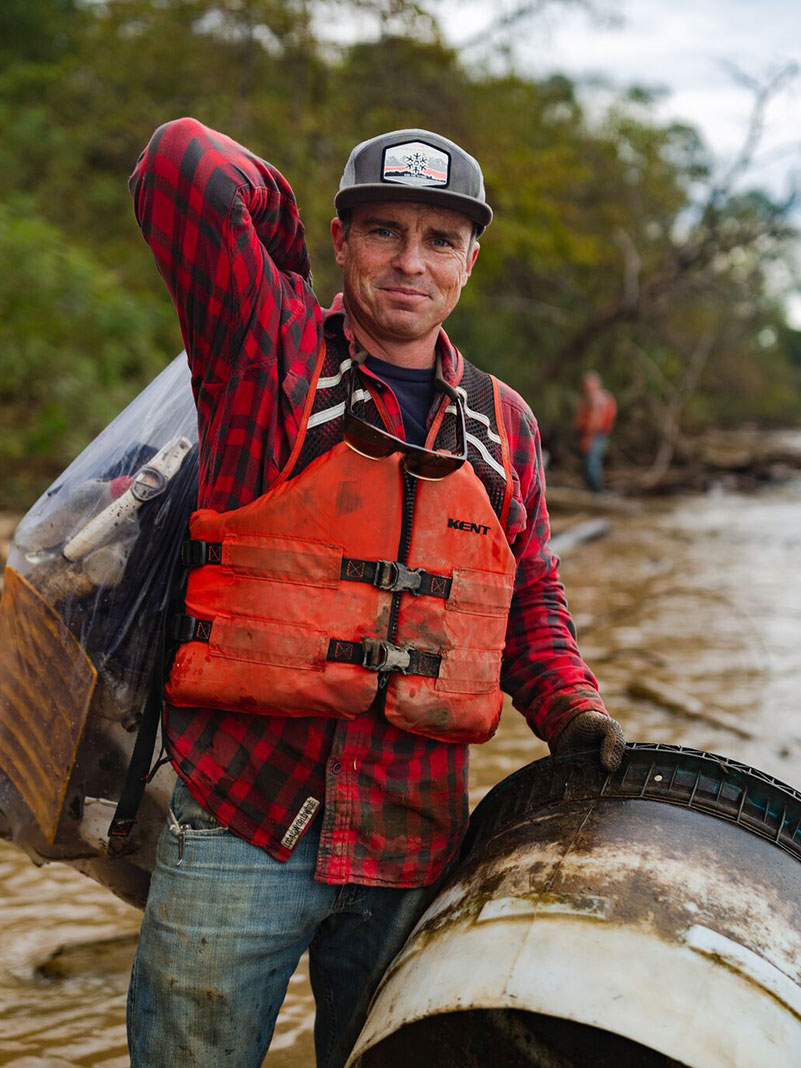
“All you need to do is change your world. That’s how the world changes,” according to Living Lands and Waters founder Chad Pregracke. Growing up near the Mississippi River, Pregracke was appalled by the amount of garbage dumped in the water. So in 1997, Pregracke single-handedly removed more than 45,000 pounds of trash from the Big Muddy. The following year he founded Living Lands and Waters. In the 25 years since, the organization has worked on 25 rivers in 21 states and removed more than 11 million pounds of trash from U.S. waterways, including the Mississippi, Illinois and Tennessee rivers.
A full-time crew lives on a house barge, traveling port to port up to nine months a year, hosting community-based river cleanups, tree plantings, invasive species removal events and educational workshops for educators and students. They have five barges, two towboats, five workboats, seven trucks, a crane, an excavator, a bus and two skid loaders at their disposal.
“In response to the devastating tornado that hit Mayfield, Kentucky, in December 2021, Living Lands and Waters helped with the relief effort to remove debris from Kentucky Lake and the Cambridge Shores area for nearly six months. It has been our largest effort in a single cleanup, which resulted in the removal of over 1.2 million pounds of debris to ensure the lake is clean and safe for all to enjoy,” said Pregracke.
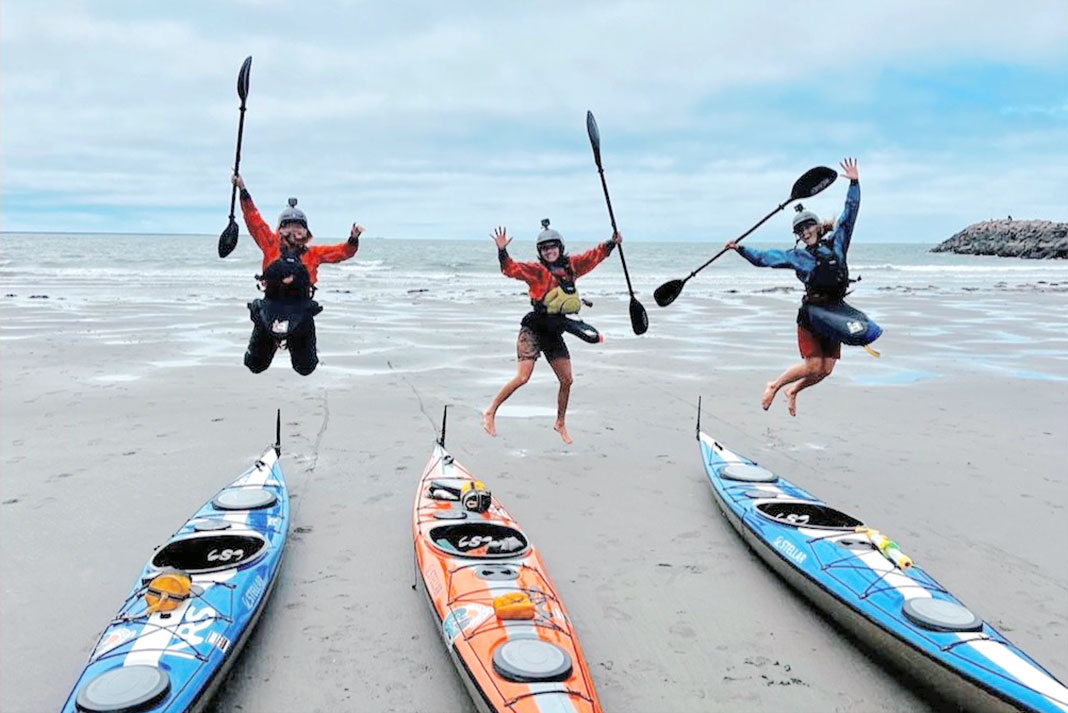
2 Grand Salmon Source To Sea
In July, Libby Tobey, Hailey Thompson, Alia Payne and Brooke Hess reached the ocean after paddling the length of the Salmon River while promoting the removal of the four dams and a moratorium on the Stibnite Gold Project to save Idaho’s rapidly dwindling salmon populations. Along the way, they paddled 1,000 miles, organized community members to write thousands of letters to congress to protect the river, and raffled off one coveted date with pro kayaker Benny Marr.
3 Balkan River Defence
Connecting adventure and science to protect the last wild rivers of Europe
There are proposals to build more than 2,700 dams on the last free-flowing rivers of Europe. The Balkan Rivers Tour was born as a rebellious promise to paddle all these rivers and show the world what is at stake if they’re dammed for hydroelectric projects. Since the first trip in 2015, the annual Balkan River Tour has spawned the largest direct-action river conservation movement in Europe.
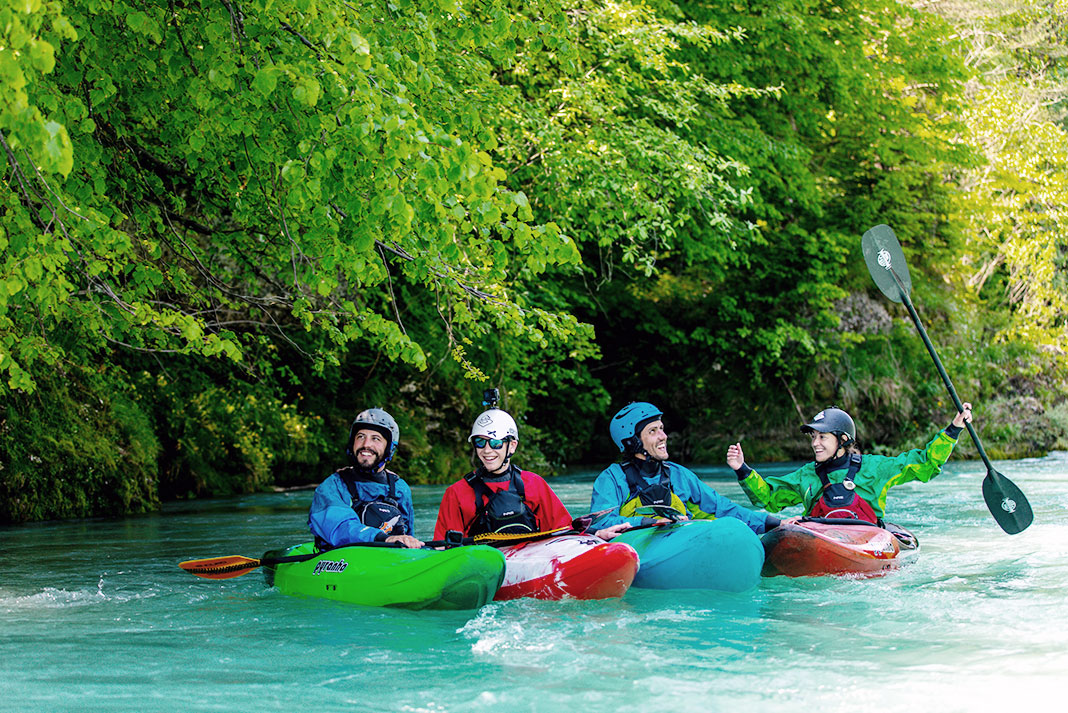
Last summer, a Balkan River Defence crew of four kayakers paddled Slovenia’s entire Sava River in 11 days. “During the descent, we sampled water for an environmental DNA study and performed the first complete water bird census during nesting season,” said core team member Carmen Kuntz. “We now have two complete sets of data we can use as ammunition to protect the river from the 10 dams proposed.” The crew also premiered the documentary, One for the River: The Sava Story, and released a paddler’s guidebook for the river to encourage tourism.
Balkan River Defence hopes to shift the public perception of dams, directing the conversation towards energy alternatives. “We hope Balkan River Defence doesn’t have a reason to exist in the future,” Kuntz added.
4 Sean Yoro
Mural artist painting from his paddleboard for ocean conservation
Los Angeles-based artist Sean Yoro uses his paddleboard as a platform to paint semi-submerged murals on the side of shipwrecks, abandoned docks and sea ice. On these unlikely canvases, he paints portraits of women and hands bursting from the water’s surface, revealing themselves fully only at low tide. Then, they slowly disappear over time with the rising and falling sea.
“Environmentalism has always played a huge factor in my passion for art. In Hawaii, we call it our kuleana, or responsibility in society,” said Yoro. “I always wanted a more important message than just a nice-looking painting.” Yoro’s viral murals have helped raise awareness about dying coral reefs, climate change and sustainability. The impermanent nature of his works often underscores Yoro’s environmental message.
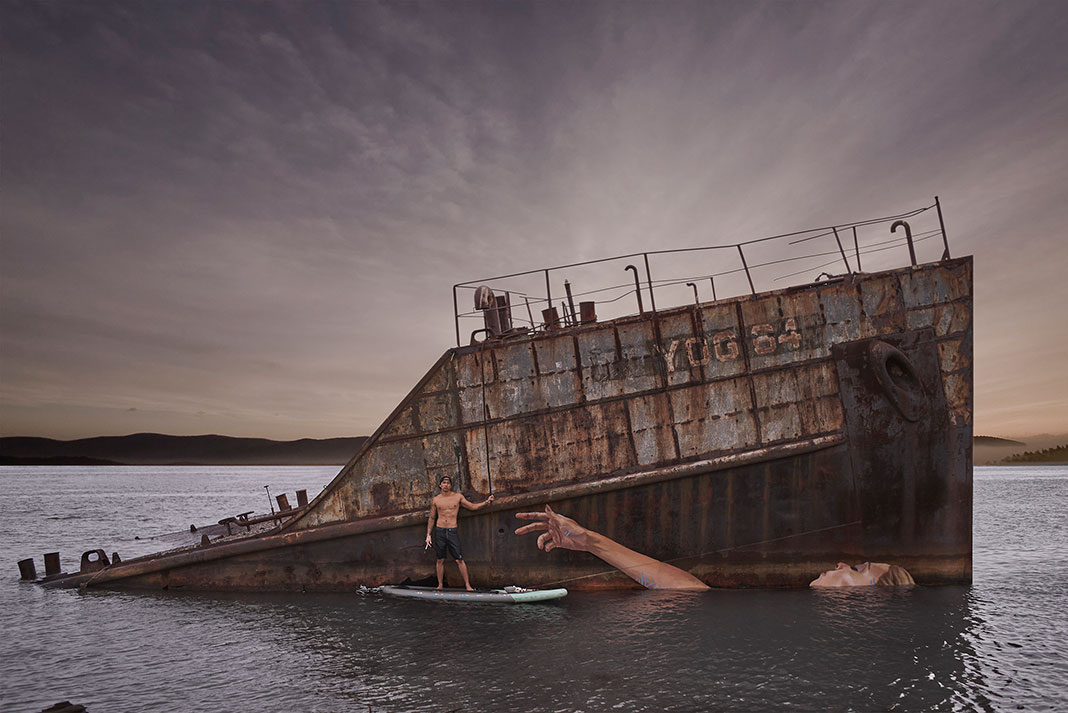
“At first, I hated not being able to create permanent artwork out in nature, especially when you work on these for weeks on end,” said Yoro. “Since all materials had to be 100-percent eco-friendly, it was impossible to make anything permanent. But once I let go of this variable, I surprisingly found more satisfaction and visual impact. The artwork disappearing added to the message.”
Yoro grew up surfing in Hawaii, “So, initially, my 11-foot-long paddleboard felt like a boat. It was a huge learning curve to get the same techniques I paint with in studio while on the board,” he said. The most challenging factor in creating the murals is working with the currents and tides, and knowing what sections he could paint when and at what speed.
“There are always new issues needing to be advocated for, so it keeps me busy with future projects. I hope viewers at the very least get a quick glimpse at a different perspective with my art,” Yoro added.
Kayaking scientist on a missionto create a Street View of threatened rivers and coasts
Armed with a 360-degree GoPro Max camera and fishing kayak, Earthviews founder Brian Footen is paddling for conservation. The former fisheries scientist turned entrepreneur is creating immersive digital maps of vulnerable waterways to engage the public, collect scientific data and create a powerful visual record of regions undergoing significant changes due to development and climate change.
Footen first documented Puget Sound. He paddled 10 to 15 miles a day, just 10 to 30 feet from shore. His camera mounts on his kayak and takes 360-degree panoramic images every 10 seconds. His kayak is also equipped with a water quality meter logging data at the same intervals, and a recording device geolocating his dictation of animal sightings. The result is an immersive Google Street View-like map with data for everyone to explore the current conditions of Puget Sound.
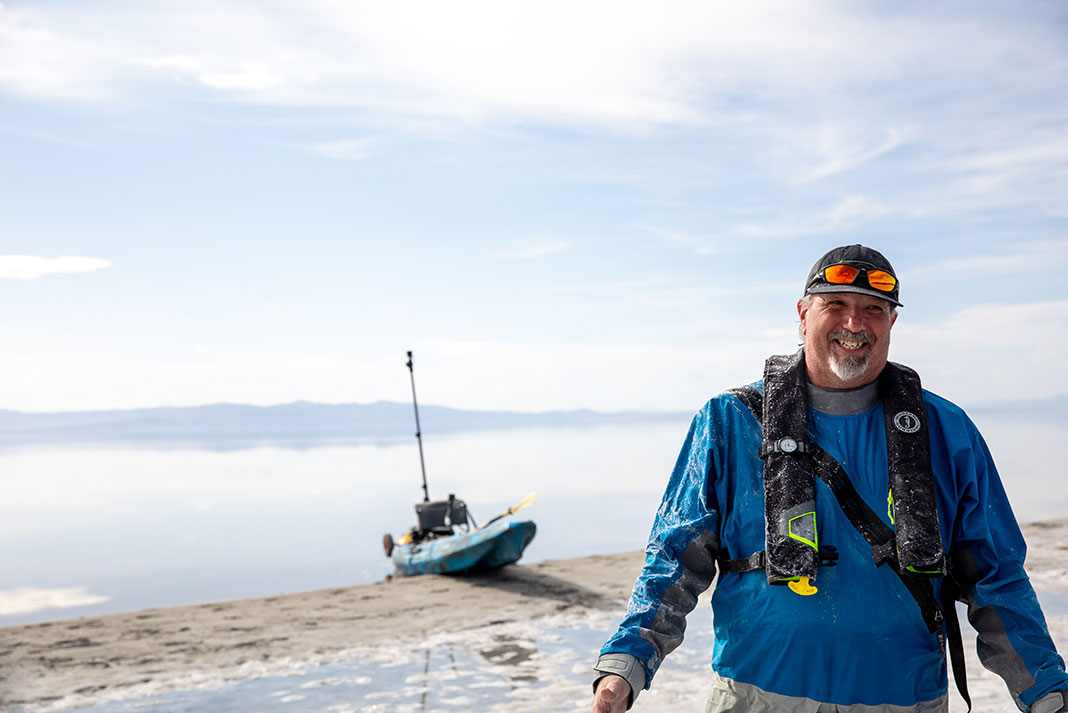
Although Footen still has about 700 miles of Puget Sound to map, he has also begun surveying the Great Salt Lake, Lake Tahoe, Lake Mead, Lake Powell and the Rio Grande to document the effects of the historic drought gripping the American West.
“You know, as a scientist, I published research papers, and they were read in journals by my colleagues and then put on a shelf somewhere. Rarely did they move policy,” said Footen. “Most of the people I presented to involved in policy, their eyes glaze over when you talk about charts and stats. But people remember what they see. The impact of photographs sets in people, so by turning charts and graphs into imagery, we can connect with people about these places. And with the conditions not improving, it’s more important now than ever.”
EarthViews has surveyed more than 6,000 miles of waterways so far, including almost 30 locations across the United States and the Okavango Delta in southern Africa, where EarthViews collaborated with a National Geographic project to create maps from researchers’ footage.
Want to survey your local waterway? It’s as simple as mounting a 360-degree camera on your canoe or kayak and paddling your favorite route. Get more details under the citizen science tab on EarthViews.
More than 120,000 youth have helped Living Lands and Waters clean up America’s rivers. | Feature photo: Courtesy Living Lands and Waters
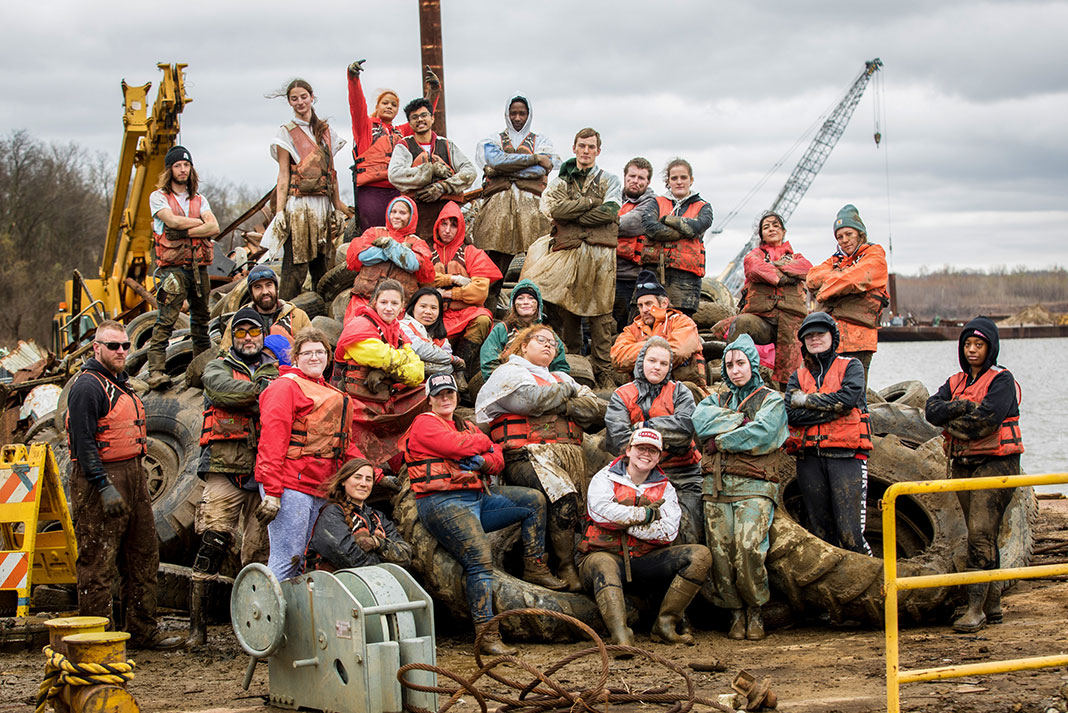
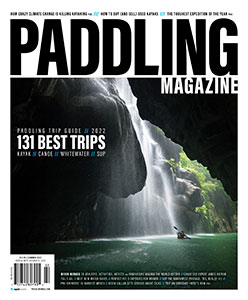 This article was first published in the Summer 2022 issue of Paddling Magazine.
This article was first published in the Summer 2022 issue of Paddling Magazine.